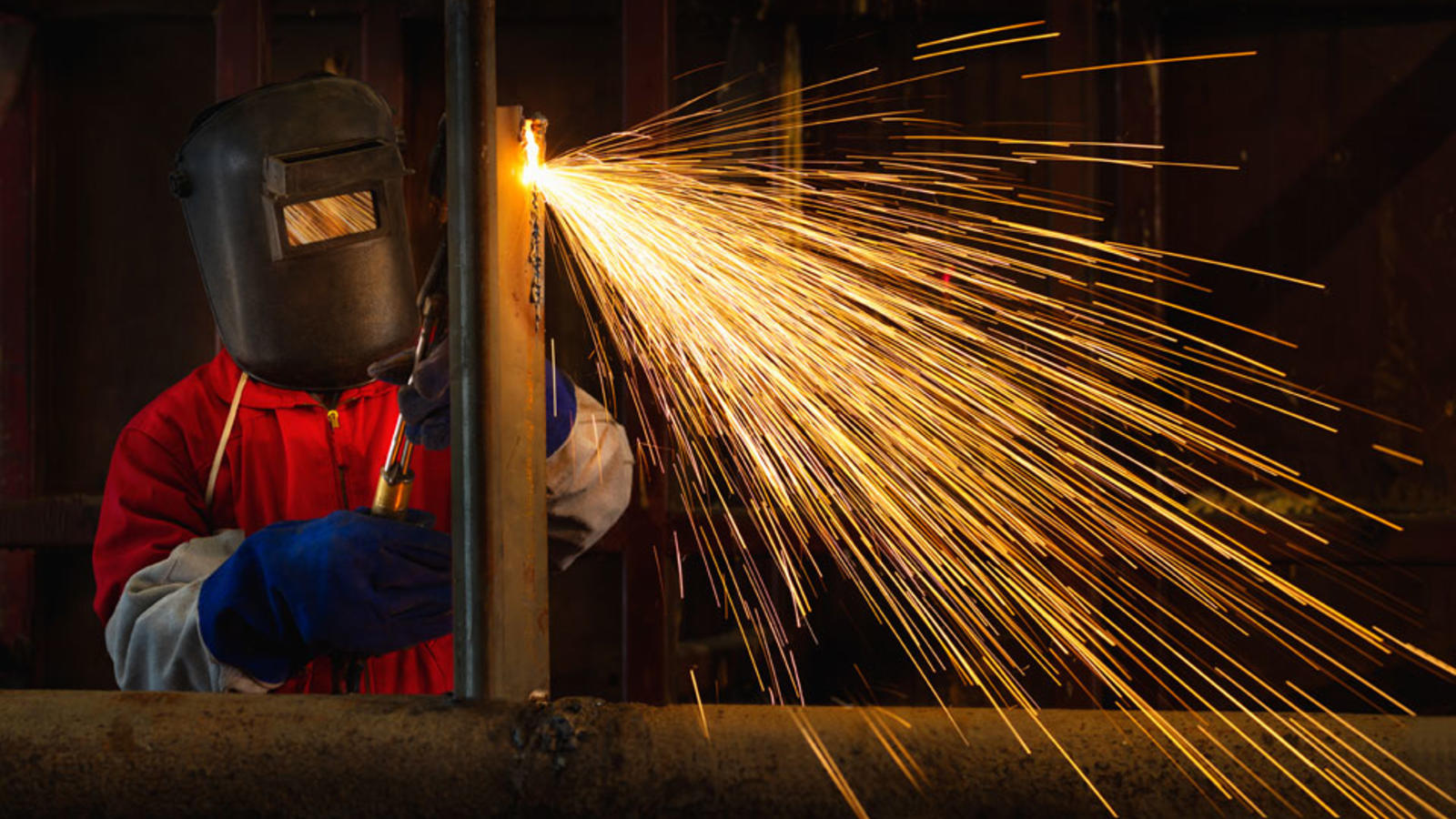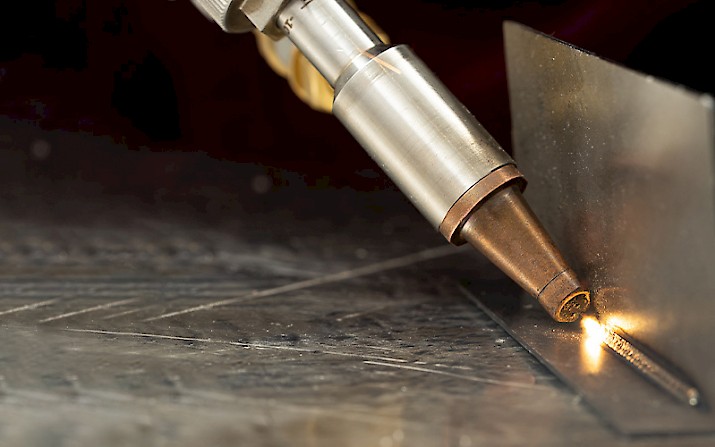Welding WPS Explained: Secret Components and Conveniences for Your Welding Processes
Welding WPS Explained: Secret Components and Conveniences for Your Welding Processes
Blog Article
The Ultimate Overview to Welding WPS Procedures: A Thorough Overview for Welders
In the complex world of welding, Welding Procedure Requirements (WPS) act as the foundation of making certain quality, consistency, and safety in welding procedures. Recognizing the nuances of producing, applying, and checking WPS procedures is crucial for welders seeking to raise their craft and fulfill sector criteria. As we explore the numerous parts of a WPS and discover the intricacies of credentials and qualification, we will reveal the vital function these treatments play in the world of welding. Let's start a journey to untangle the intricacies and importance of WPS procedures in welding techniques.
Importance of WPS Procedures
Understanding the value of Welding Procedure Requirements (WPS) procedures is crucial for making certain the high quality and integrity of welded structures. WPS treatments act as a roadmap for welders, laying out the necessary actions, criteria, and materials called for to attain a sound weld. By sticking to WPS standards, welders can make sure uniformity in their work, resulting in dependable and structurally audio welds.
One of the primary reasons that WPS procedures are vital is their duty in keeping weld quality and integrity. Adhering to the defined welding parameters and strategies detailed in the WPS helps protect against problems such as porosity, fracturing, or incomplete fusion, which can jeopardize the toughness and resilience of the weld. Furthermore, WPS procedures are crucial for making certain compliance with market criteria and codes. By adhering to established WPS guidelines, welders can demonstrate that their job meets the necessary requirements for security and quality, offering guarantee to customers, assessors, and regulative bodies. Basically, the importance of WPS treatments can not be overstated, as they are essential to attaining constant, high-quality welds that meet market criteria and specifications.

Components of a WPS
A Welding Treatment Specification (WPS) normally comprises crucial parts that detail the particular requirements for executing a weld, making certain uniformity and quality in the welding process. The essential components of a WPS consist of necessary variables such as base metals, filler steels, interpass and preheat temperature levels, welding procedures, securing gases, welding settings, and post-weld heat therapy demands.
Base metals refer to the products being joined, while filler metals are utilized to load the gap between the base metals throughout welding. The welding procedure outlines the specific strategy to be utilized, whether it's gas metal arc welding (GMAW), protected metal arc welding (SMAW), or one more method. Welding positions specify the alignments in which welding can be carried out.

Credentials and Certification
Having established the important parts of a Welding Procedure Spec (WPS), the focus currently changes in the direction of the vital elements of certification and qualification in welding methods.

Qualification, on the other hand, is the formal recognition of a welder's certifications by a relevant accreditation body or company. Welding accreditations are typically based upon the details welding processes, products, and positions a welder is qualified to collaborate with. Holding a legitimate welding accreditation demonstrates that a welder fulfills industry standards and is experienced to execute welding tasks to the called for requirements.
Producing a WPS
To here establish a Welding Treatment Specification (WPS) that fulfills industry requirements, careful consideration of welding processes, products, and functional parameters is crucial (welding WPS). The very first step in developing a WPS is to determine the welding procedure to be used, such as gas steel arc welding (GMAW) or protected metal arc welding (SMAW) As soon as the welding process is figured out, the next important aspect is selecting the ideal materials, thinking about aspects like base steel kind, thickness, and joint style. Functional parameters such as welding existing, voltage, travel speed, and shielding gas composition must additionally be meticulously specified in the WPS.

Executing and Keeping Track Of WPS
Upon settling the extensive Welding Treatment Spec (WPS) that carefully details welding processes, materials, functional criteria, and top quality assurance measures, the emphasis moves to successfully applying and keeping track of the established procedures. Implementation includes ensuring that all welders associated with the job are acquainted with the WPS and follow it carefully during the welding process. This calls for supplying adequate training and guidance to guarantee adherence to the defined procedures. Monitoring the WPS entails continual oversight to confirm that welding tasks line up with the recorded specs. Assessments, screening, and quality assurance procedures are important elements of the tracking process to recognize any deviations or problems immediately. Regular audits and testimonials of the welding procedures help in preserving uniformity and top quality throughout the task. Efficient implementation and tracking of the WPS are critical for ensuring the important link stability, strength, and security of the bonded joints, eventually adding to the total success of the welding task.
Verdict
To conclude, understanding and adhering to Welding Treatment Specifications (WPS) is critical for welders to make sure quality, uniformity, and safety and security in their work. By understanding the elements of a WPS, acquiring appropriate qualifications and accreditations, producing thorough treatments, and carrying out and checking them successfully, welders can improve their abilities and efficiency in welding techniques. Following WPS procedures is view it essential for generating high-grade welds and meeting industry requirements.
In the elaborate globe of welding, Welding Procedure Specs (WPS) serve as the backbone of making sure quality, consistency, and security in welding operations. The welding process describes the specific strategy to be utilized, whether it's gas metal arc welding (GMAW), shielded steel arc welding (SMAW), or an additional method.To create a Welding Treatment Spec (WPS) that meets industry standards, mindful consideration of welding processes, materials, and operational specifications is crucial. The initial step in creating a WPS is to identify the welding procedure to be utilized, such as gas metal arc welding (GMAW) or shielded metal arc welding (SMAW)Upon completing the comprehensive Welding Procedure Requirements (WPS) that thoroughly details welding processes, products, operational criteria, and quality guarantee measures, the focus changes to efficiently applying and keeping an eye on the well established treatments.
Report this page